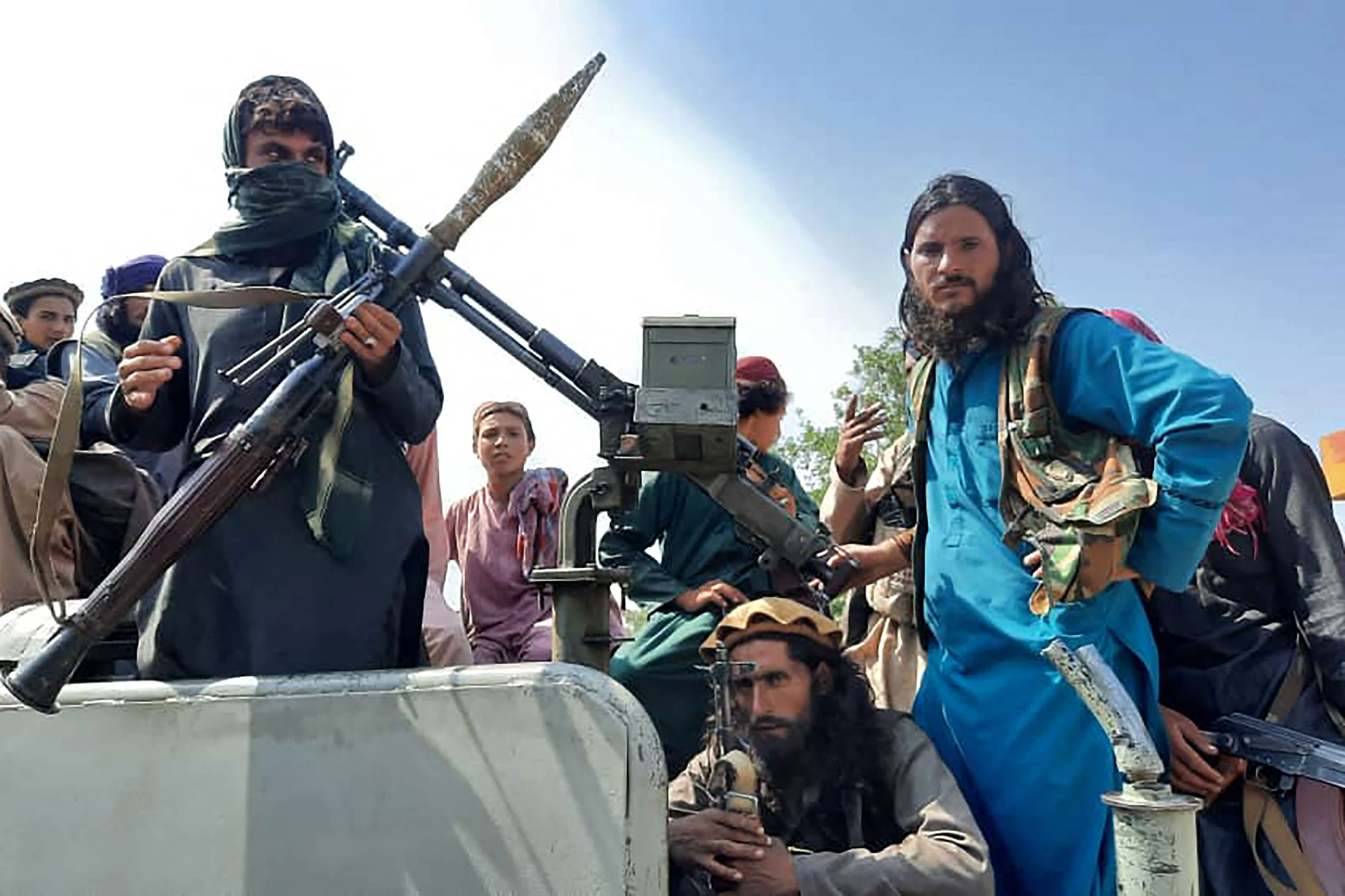Amidst the return of the Taliban, UNESCO has called for the preservation of Afghan cultural heritage sites to save them from permanent damage.
As the Taliban took control once again in Afghanistan, the threat of destruction of cultural and historical sites looms large. The previous instance of the Taliban taking power resulted in the destruction and damage of many heritage sites. The most infamous example was in 2001 when its forces destroyed the historical Bamiyan Buddhas. The two statues were figures of standing Buddha carved in the Bamiyan valley of Afghanistan in the 6th century. The Taliban has a long history of destroying sites and symbols that are non-Islamic in nature.

Due to this, UNESCO has called for the preservation of heritage sites in Afghanistan. In a statement, the global organization said that “Any damage or loss of cultural heritage will only have adverse consequences on the prospects for lasting peace and humanitarian relief for the people of Afghanistan.” Many museums in Afghanistan have previously raised concerns about the safety of art. On August 15, a museum in Kabul talked about the potential looting of cultural artifacts. Another museum curator told the Art Newspaper that the damage to cultural sites this time could be even greater than last time. Karima Bennoune, UN Special Rapporteur for cultural rights, pointed out the pattern of the Taliban’s destruction of heritage sites earlier this week.
Also Read: Raffaele Imperiale, Van Gogh Heist Suspect, Arrested In Dubai
Since last month, after the last phase of US troop’s withdrawal from Afghanistan ended, the Taliban started a spree of taking control of the country. Starting from key locations like Tirin Kot, the Taliban soon took the country of Herat and Kabul. With the fall of Kabul, the Taliban effectively took control of Afghanistan. Their return has spurred an international concern for the suppression of women and human rights.


